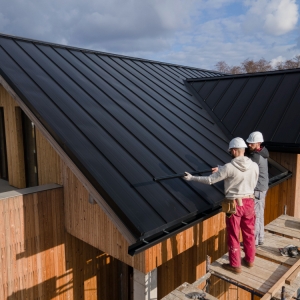Lifeboats are essential safety equipment in maritime operations, designed to ensure the survival of passengers and crew in emergencies. The materials used in the construction of lifeboats must provide durability and resistance to extreme marine conditions. Selecting the right material is crucial to enhance performance, longevity, and ease of maintenance while ensuring compliance with safety standards.

1. Fiber-reinforced Plastic (FRP)
One of the most commonly used materials in lifeboat construction is fiber-reinforced plastic (FRP). This composite material consists of a polymer resin reinforced with glass fibers, offering an excellent combination of strength, corrosion resistance, and lightweight properties. FRP lifeboats are particularly valued for their ability to withstand impact, harsh weather, and prolonged exposure to seawater without significant deterioration. Their low maintenance requirements make them a cost-effective choice for enclosed and free-fall lifeboats used in offshore platforms and commercial vessels.
2. Aluminum Alloys
Aluminum alloys are another popular choice, particularly for rigid lifeboats that require both durability and fire resistance. Aluminum provides exceptional corrosion resistance when properly treated and is significantly lighter than steel. This allows for easier handling and deployment while maintaining structural integrity. However, aluminum lifeboats require protective coatings to prevent galvanic corrosion, especially in environments where they come into contact with other metals.
3. High-density Polyethylene (HDPE)
In recent years, high-density polyethylene (HDPE) has gained attention as a durable and maintenance-free alternative. This polymer material is highly resistant to corrosion, UV exposure, and chemical degradation, making it ideal for marine lifeboats that must endure harsh marine environments. Its impact-resistant nature allows it to absorb shocks without sustaining significant structural damage, ensuring long-term reliability with minimal upkeep.
4. Carbon Fiber Reinforced Polymer (CFRP)
For advanced applications, carbon fiber reinforced polymer (CFRP) offers unmatched strength-to-weight performance. This high-tech composite material is significantly lighter than traditional options while providing superior durability and fatigue resistance. Although more expensive, CFRP is commonly used in high-speed rescue boats and military applications where weight reduction is critical for speed and maneuverability.

The future of lifeboat materials is evolving with innovations in hybrid composites, self-healing polymers, and eco-friendly alternatives. These advancements aim to enhance the performance, safety, and sustainability of lifeboats, ensuring they remain a reliable solution for maritime emergencies. By carefully selecting materials based on specific operational needs, lifeboat manufacturers can optimize safety and efficiency while extending the lifespan of these essential vessels.







